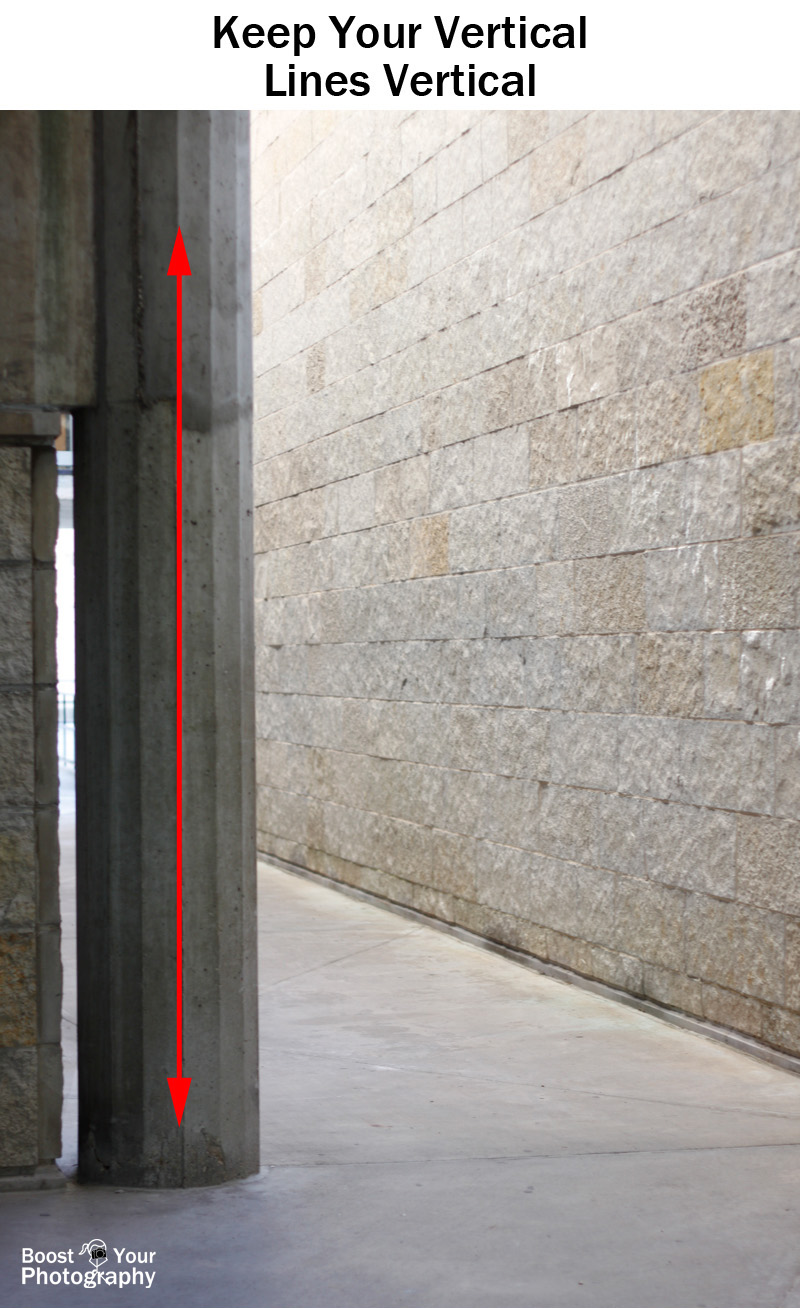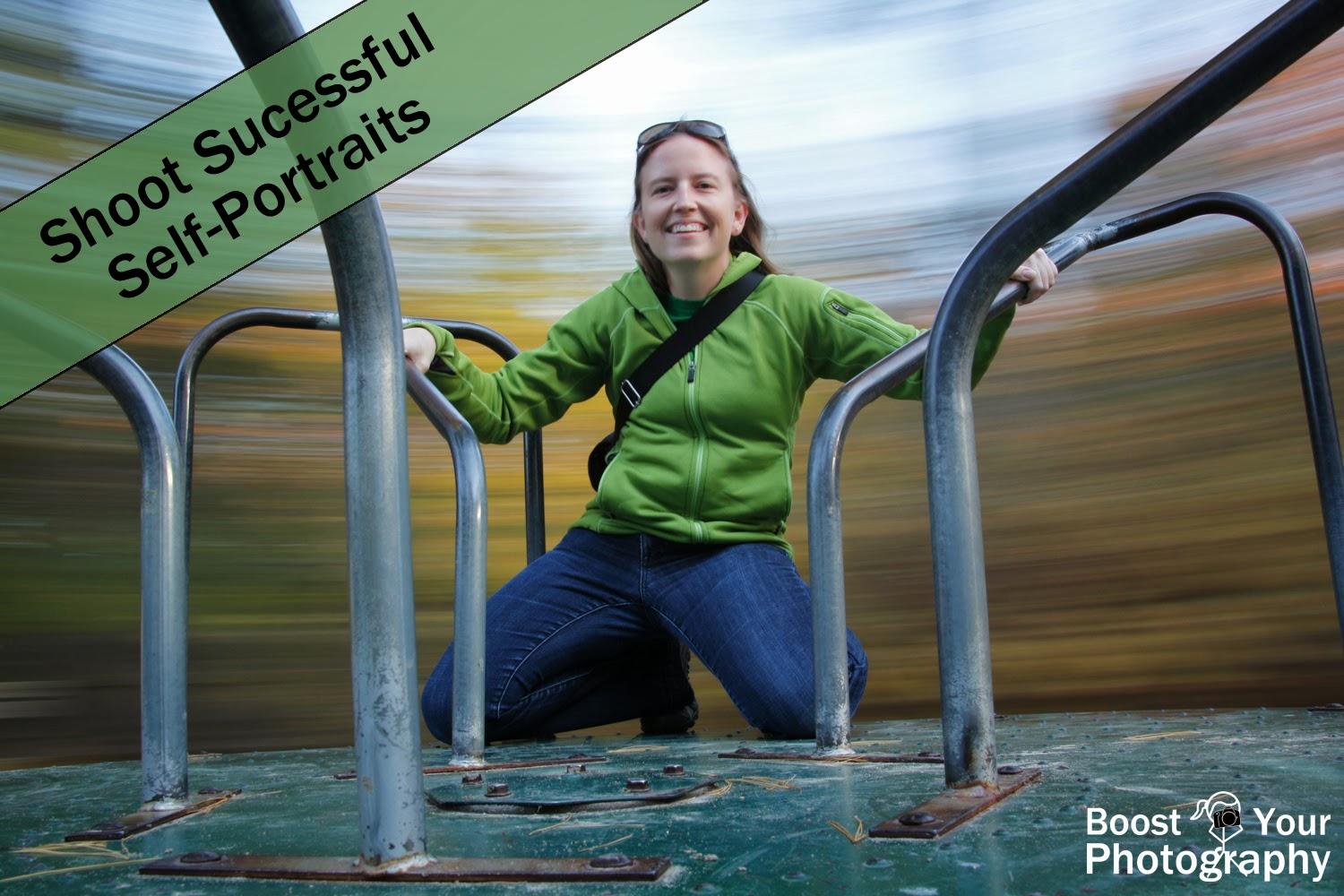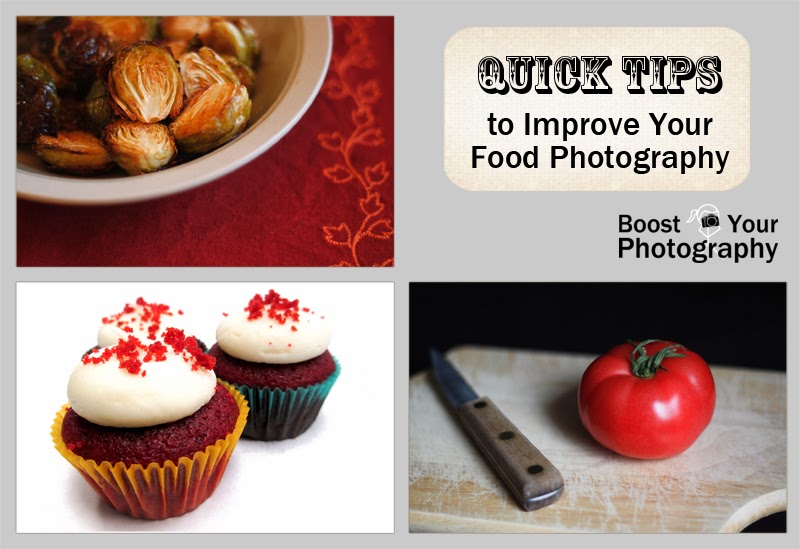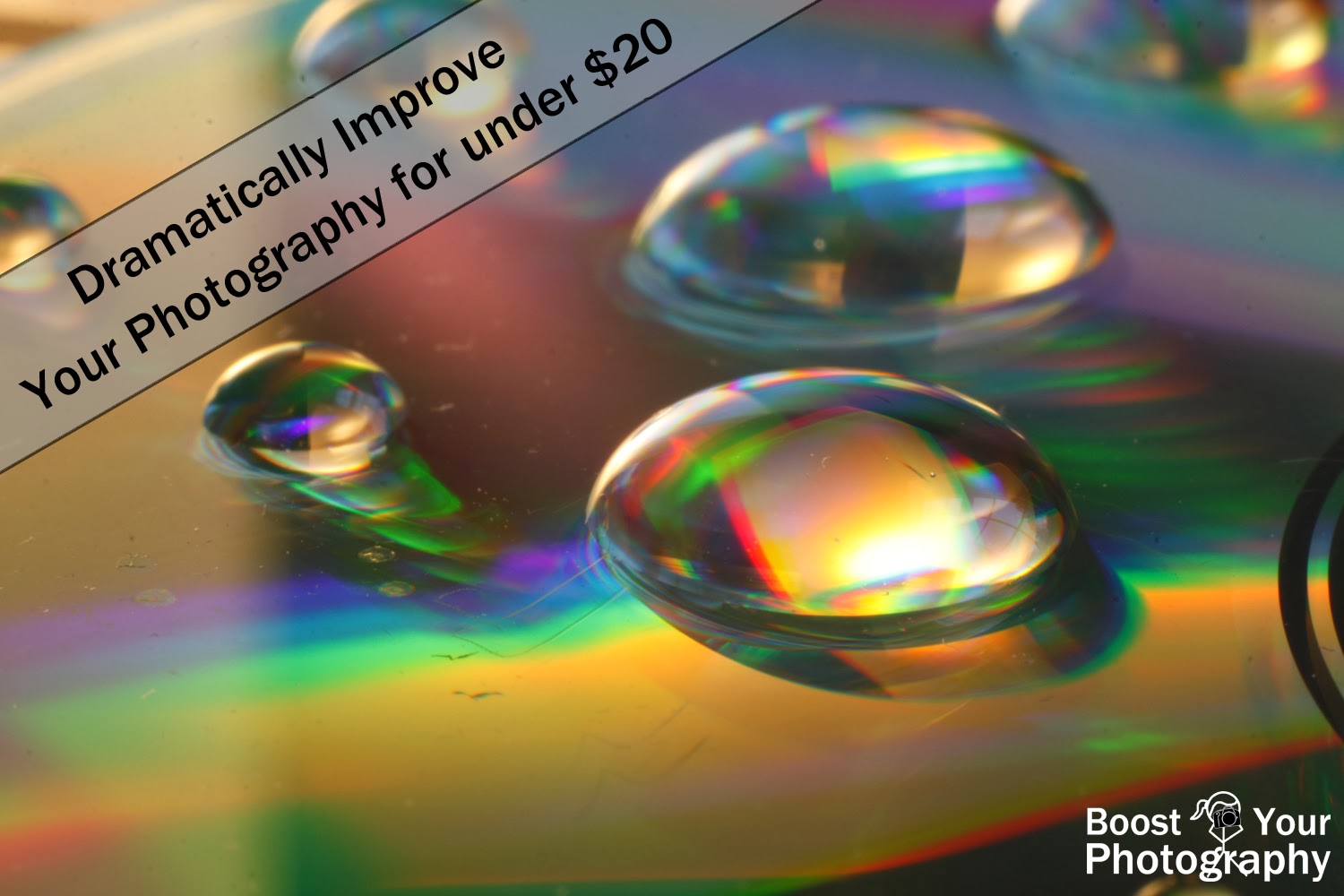Photo books are an first-rate way to hold your favourite photographs and cherished memories. But so often we find ourselves overwhelmed by even the prospect of figuring out a way to even start, and consequently we never get round to creating or printing our snap shots. This put up will walk you via a few smooth, concrete steps that you can take to create extraordinary photograph books in a constrained time and with less strain.

Make the Plan
The first step is deciding on the scope of your photo book. The more you can limit your focus, the more likely you are to be successful. There are many different ways to organize a photo book. Here are several ideas to get you started:
- Travel-based photo book: document and share your experiences from a recent trip or vacation
- Celebration-based photo book: make a photo book focused around your big holidays and events: think birthdays, Halloween, Christmas, first days of school etc.
- Individual-based photo books: create a series of photo books each focused on an individual child, pet, or family member. (As a bonus, once you have planned and laid out one version of the book, it is quite easy to sub in photographs for the next person too.)
- Seasonal or yearly photo book: capture the joy of the seasons or the passage of a given year in a photo book. (Organizing by school year, like August-to-August works great because you have time to finish them before the holidays, but calendar-based books work well too.)
If this is your first time trying a photo e book, I endorse starting with as discrete a focus as viable. Making a baby book for grandma of the first 3 months or setting together a ebook targeted to your latest -week experience are a good deal simpler to manage, to begin with, than a larger mission protecting a longer time span.
Curate and Cull
Now that you have a plan, it is time to gather your photographs. Do not, I repeat, do not simply upload all of the photographs that you have that fit your theme and think that you will pick out the best as you go along. You will wind up wading through pages and pages of tiny, thumbnail-sized images to find the right one, and you will end up easily frustrated.A higher plan is to curate a collection of handiest the snap shots you need within the e book and to cull out all of the relaxation. One of the perfect ways to do this is to apply tags in some thing program you use to view pics in your cellphone or pc, such as Picasa or iPhoto. (Tags are a top notch way to preserve track of your images and make them easy to locate later. Read extra in the article Why and How to Tag Your Photographs.)
Create an clean-to-consider tag to do your initial sort (Germanytrip or Celebrations or First3Months or comparable). As you sort thru your photos, upload the tag to any images that you might need to encompass. You can fear about being choosy later. Once you have executed this tough kind and recognized the images that you are going to focus on, now you could do a simple sort by means of that tag and notice all feasible pictures at once.

If you're already feeling beaten, try this easy trick that I learned from Gretchen Rubin: go through for fifteen minutes. Really. Set a 15 minute timer, take a seat down along with your pix, and begin tagging. When the 15 minutes is over, prevent. Try it ever day for per week, and you can locate that your mountain of unlabeled and unidentified images has gotten smaller appreciably.
Once you've got your capacity pictures recognized, you've got reached the cull level. Now is the time to do away with all of the duds, duplicates, and dislikes among the images that you have centered. Some people choose to use the integrated 5-megastar score machine, or you may virtually delete your tag from any photographs that do not make the cut.
Now that you may without problems seek via the tag and spot all of your pictures in a single place, it will become less complicated to be picky. Sure, you may have seen seven great sunsets from your balcony, however what number of special photographs do you actually need to include to seize that reminiscence? Be vital. If you are feeling apprehensive about disposing of such a lot of photographs, create a backup tag and tag your runner united states of americain case making a decision you want them later.
A Quick Aside about Ephemera
One difference between traditional scrapbooks and printed photo books is the inclusion of ephemera. Ephemera, in this context, refers to all the other "stuff" often included in scrapbooks, such as ticket stubs, decorative napkins, hotel stationary, maps, or party invitations. Consider including some of these items in your photo books to make them even more personal. You can- Simply plan ahead and leave area to paste within the bodily items
- Use a scanner and keep a virtual photo of the item to encompass
- Use your digicam and picture the item to consist of

Upload, Layout, and Print!
Now you are geared up to step into layout territory. If you haven't previously designed and revealed image books, you then first need to decide which organization to apply. Read Where to Order Holiday Photography Gifts for my review of three such groups, but there are numerous others. Ask a few friends, examine some opinions, after which determine. Because the important element is to move forward.
Once you have got decided, it is time to upload your photos. Consider whether or not your photo ebook may have discrete sections (including separate holidays or man or woman months). If so, recall uploading the snap shots for each segment as a separate folder. This manner, you'll handiest be running with one folder at a time, which makes finding the photo that you want less difficult.
Most photo ebook organizations will offer you numerous alternatives for the design and layout of your books. Choose a base layout that you like, and then you could decide in case you want the business enterprise to area your snap shots or if you want extra particular manage. (Often you could nevertheless make adjustments after the preliminary placement, and it could be highly pleasant to see all of your images magically morphed into an awesome-looking e-book with the touch of a button. Me, I am too picky and continually pick the custom alternatives.)

Again, think of this as a piece-in-progress and not a someday event. Try the 15-minute timer trick again in case you need to. You can usually shop your progress and are available back. Take it step-via-step, get a few pages underneath your belt, and you will start to realise that you can try this.
Final tip: once you have your photo book finished, you may want to take a step back and wait to print. Photo books are constantly going on sale (especially now, approaching the holidays). If you have the patience to wait it out a week or two, you might find that you can order your book at 30 or 40 or even 50% off or more! Large photo books with many pages can become a pricey investment, so a little wait can result in big savings.
This submit is likewise related up at Social Media Sunday, hosted via the IBA.

Boost Your Photography: Learn Your DSLR is now to be had from Amazon. Get the maximum from your digicam with realistic advice about the technical and innovative aspects of DSLR photography on the way to have you ever taking beautiful photos right away.




































